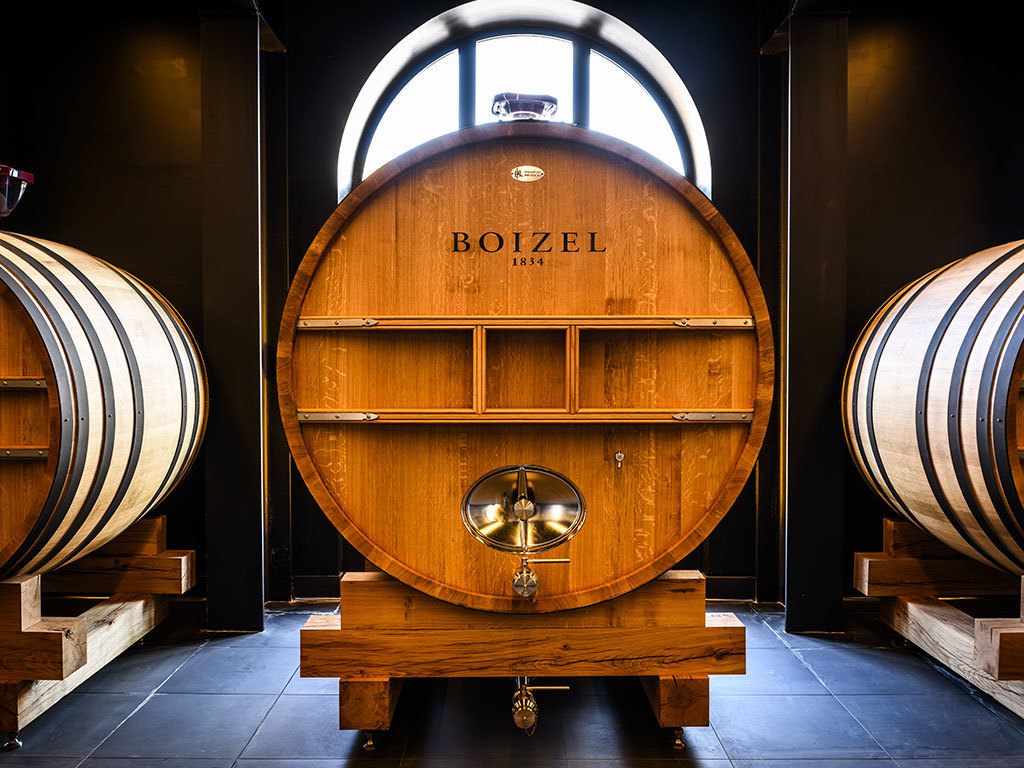Impressions of the harvest by Florent Roques-Boizel
Florent, the arrival of autumn marks the end of the harvest. Are you satisfied with the quality of the crop?
With its often unpredictable weather, 2023 was a difficult year, but a particularly promising one for the Chardonnay! The excellent yield from our vines has enabled us to sort our bunches carefully, keeping only the best grapes. This can sometimes be a real challenge, and we’re delighted we were able to be so uncompromising in sorting when harvesting the grapes. For the Pinot Noir and Meunier, the harvest was generous in terms of volume, even if some plots were affected by botrytis due to adverse weather conditions. We ended the harvest with a new record for the average weight of our bunches: 220g per bunch, whereas the average is usually around 170g…
Did the weather have any particular impact on your vines and harvesting?
Harvesting is a crucial phase in the vine’s life, and above all a strenuous time for us. This year, for eleven days, we harvested in either scorching heat or rain. These variations were a challenge, as we had to harvest slowly enough to allow the grapes to reach full ripeness, but fast enough for them not to deteriorate. It was a real balancing act, requiring constant attention in the vineyard and quick responses to decide which plot to harvest at the best time. Our teams and partners have demonstrated great commitment, and I would like to thank them for that.
How is the winemaking organised in such an unusual year?
For a few years now, we have favoured plot-by-plot vinification. By separating the juices by plot in separate containers the choices are easier when it comes to blending, and we can continue to refine the quality of our wines. For the 2023 harvest, we have given priority to the Chardonnay grapes, which are of a remarkably high quality, for plot-by-plot vinification in barrels. Vinifying each wine separately allows us to preserve their unique characteristics. We are now entering an important analysis phase that will last for several weeks: even before the tastings that will enable us to decide on the blends, we taste the wines at the end of fermentation to see how they have evolved and to be able to anticipate what role they will play in developing our future cuvées. The coming weeks are going to be crucial, and we’re excited to be able to observe this evolution…


